@Watch_Time_It_Is and His Customized Masahiro Kikuno Sakubou Watch
An impressively hand-decorated watch from young Kikuno-san.
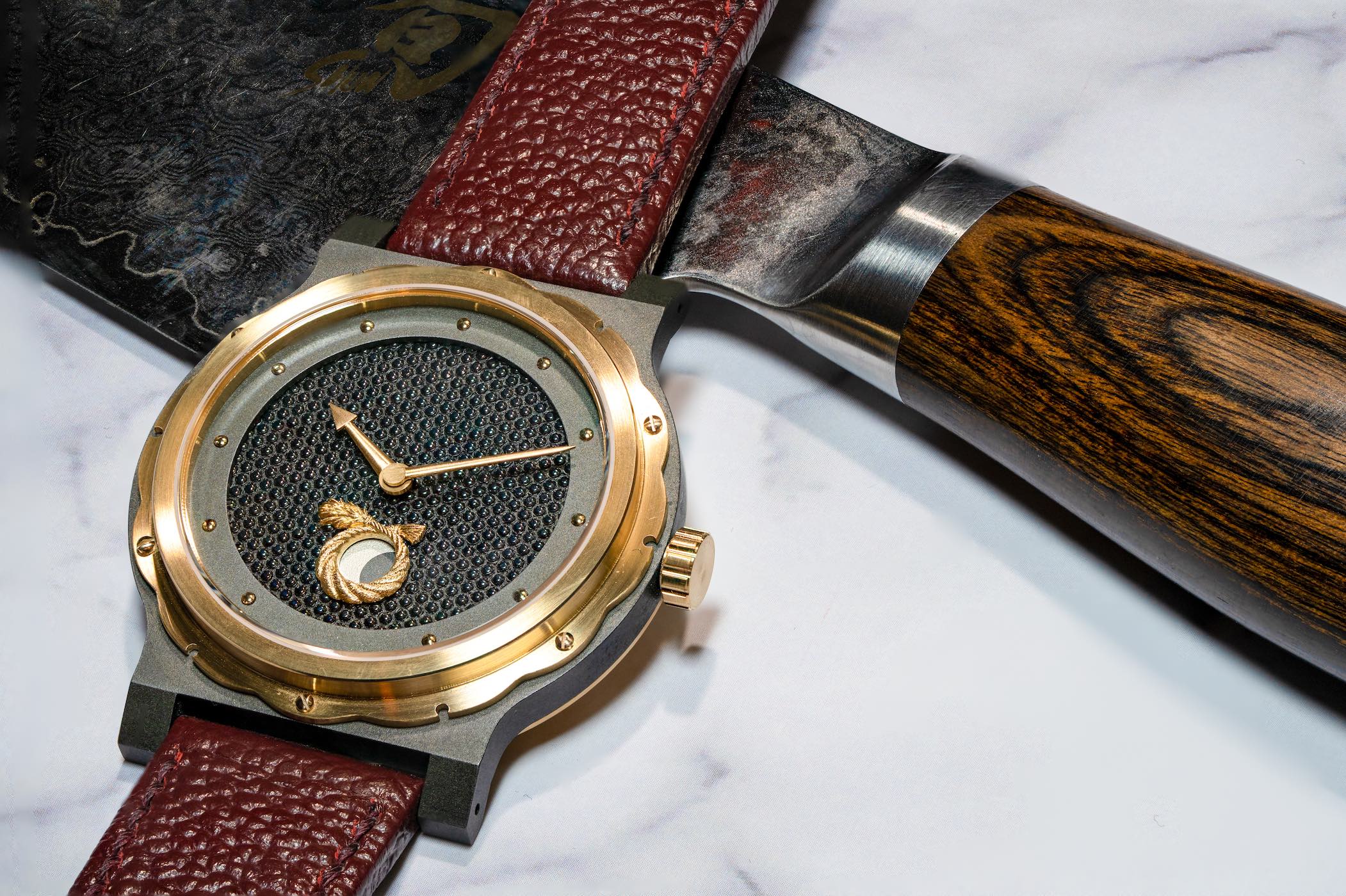
When you associate the words Japan and watchmaking, most enthusiasts will – rightfully – think Seiko or Grand Seiko. But that would be oh-so reductive. Japan, with Switzerland and Germany, is an important hub of independent watchmakers. And in pure respect of Japanese traditions, their devotion to handcrafts and ancestral metiers d’art is simply staggering. This is exactly what our friend @Watch_Time_It_Is, one of our regular guests in the Collector’s Series and a highly seasoned collector, will explain with his unique Sakubou watch by young and talented Japanese watchmaker Masahiro Kikuno.
How did you come to choose a watch from Kikuno-san?
One reason I focus on independents in my collecting is the desire to keep the art, craft, and technology of mechanical horology alive. I have concerns that the skills of master watchmakers could be extinct in a few decades as the market and training dry up.
After 400 years of shaping culture, society, and humanity I feel that mechanical watches – and those who make them – deserve a better fate so I am always on the search for independent artisan watchmakers in the hope that creating interest can create demand, and with demand comes expanded interest in keeping the art alive.
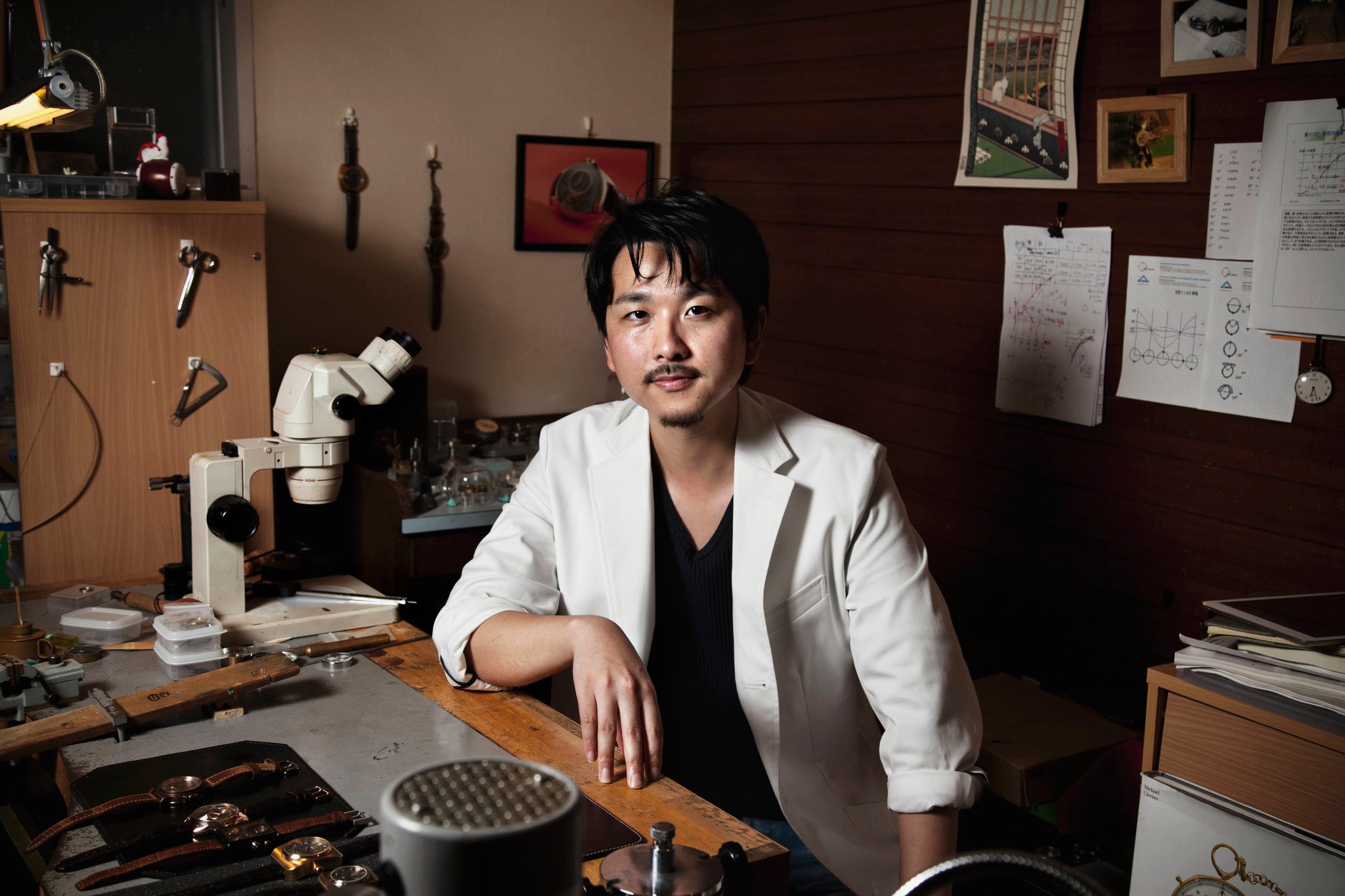
The member list at Académie Horlogère des Créateurs Indépendants and the Fondation de la Haute Horlogerie is sort of my wish/shopping list. But not just any member will do. I want to know the watchmaker is a watchmaker and not a designer or marketer. This can be tricky with shadow designers, parts builders, and teams of assemblers, but I do the best I can to find pieces where the watchmakers have put a bit of their soul into the watch. One way this can occur is when the pieces are “handmade”.
So, I was talking to a watchmaker one day about who I should seek out and Kikuno-san’s name came up. I had seen his name, visited his website and liked the Sakubou, but it was not the right size and the dial design did not strike my fancy.
“But it is handmade, so Kikuno-san can customize it as you wish,” I was reminded. Enough said.
Kikuno-san is not only a traditional artisan watchmaker but also a teacher at a Japanese watch school and the youngest member of Académie Horlogère des Créateurs Indépendants. He honours time with his mostly made-by-hand Wadokei watch based on an ancient time measurement where the six daylight hours and six night-time hours slowly move around the watch face with the seasons. I loved the idea of supporting and collecting independent watchmakers from around the world, so I reached out and started talking to Kikuno-san about who he is, what he does, the watches and more.
This was all facilitated by Ken Hokugo-san – better and longer known as KIH in the global watch community, he lived and worked in the US for a long time and was formerly a respected moderator for the now-defunct PuristSPro.com. Today he writes mostly for Watch-Media-Online.com, a watch website dedicated to the underserved Japanese market. Hokugo-san was a perfect host for my visits to Kikuno-san’s atelier in the fall of 2018 and 2019 and assisted in all aspects over the two-year build.
What is it in Kikuno-san’s watches that drew you so much?
When I visit watchmakers, I get a peek into who they are. The world they see is often reflected in the watches they make. This is certainly true of my visits to Kikuno-san.
From the beginning, there was a calming, respectful, and inviting nature to Kikuno-san and his watches. His pieces were not just rare, but are to be held like cupping a sacred bird or worn with the pride of an emperor’s crest. They are not something you buy; they are a very personal gift from him (more on this later).
I found balance in many places. Not balance as in opposites, but in complementarity. Like day needs night and the moon the sun. Like the movement of the balance wheel needs to swing left as much as right. If it does, the result is precision. If it does not, you have chaos. Kikuno-san’s pieces reflected (and told) time by being new and ancient, mechanical and spiritual, personal and universal.
For instance, with Sakubou, “Saku” means “new moon” and “Bou” means “full moon” so “SAKUBOU” means both new and full moon. Kikuno-san wants the wearer to look at the moon today with the same admiration we did in the past. Reaching back into Japanese tradition and culture, Kikuno-san says:
“For Japanese people, the moon has been the natural tool to give light during the night, the calendar to tell the tide, and the art in the sky to look at and admire. Now there are so many artificial lights and we no longer see the true darkness; therefore, we no longer look at the moon with the same admiration as we did in the past. SAKUBOU was created to admire the moon again on your wrist.”
Through his selection of materials, the watch tells time while it ages. The watch is made of Kuro-Shibuichi – an 87.3% copper, 9.9% silver and 2.8% gold alloy. As copper ages, it changes colour.
“SAKUBOU is also the watch you enjoy the change of overtime. SAKUBOU will tell you the time and at the same time, it will “age” together with you. This is totally a different paradigm in the sense of value – today’s overwhelming sense of value dictates that “new in the box” is the top condition and once opened and worn it will start the clock to deteriorate. SAKUBOU will let you feel the art and beauty in the ‘ageing’ process, which is not the deterioration, but the change caused by the time passing, just like us.”
These could have been enough of a draw, but there was more. During my first visit, we discussed Kikuno-san’s philosophy and stories of his attraction to time, timepieces, mechanical arts, history, etc. We also discussed a bit of my thinking and what was special to me. One is the importance of certain numbers. Knowing the Sakubou was limited, I asked if my number was available. After reviewing the order list, his wife (and commercial agent/ booking manager) looking a bit surprised said, “it is the next number, but only because there was a recent cancellation.” I placed the order.
So, tell me more about this particular watch?
First, being handmade it was indeed possible to make the watch the size I prefer. How often are you able to have a case, dial, and movement scaled to your preference? This degree of customization was the start, but an important one given my larger western wrist.
The core of the watch is Kikuno-san’s Sakubou – the case, the movement, the moon display, the materials. Much is the story Kikuno-san wanted to tell, told the way he wanted. There are a few personalized elements designed and selected by Kikuno-san based on our conversations.
For instance, when we talked about the new moon/full moon I shared my thoughts about impermanence and new beginning. This is more than the often thought of life and death, but about letting go and moving on.
The Roman god Janus (with his old face looking to the past and young face the future) is not only the god of time but of beginnings and endings, duality and passage. January (the beginning of the year) is named after him. But a Roman god on a Japanese watch seemed out of place.
Kikuno-san came up with the snake, an important symbol in Japan, which renews by shedding his skin at once ending and beginning. But he took it further by introducing the very Japanese Shimenawa as a symbol of the snake. Shimenawa is the “enclosing rope” or “sacred straw rope” used for ritual purification in the Shinto religion. Made of laid rice straw or hemp, they vary in diameter and extend to several metres in length. The look of the “skin” and winding way they hang makes them look like snakes.
Further, a space bound by Shimenawa is considered sacred or pure (such as a Shinto shrine) so encircling the moon on the dial with the Shimenawa not only draws the eye to the importance of the moon and brings a unique Japanese element to the piece, it indicates the moon’s sacred role.
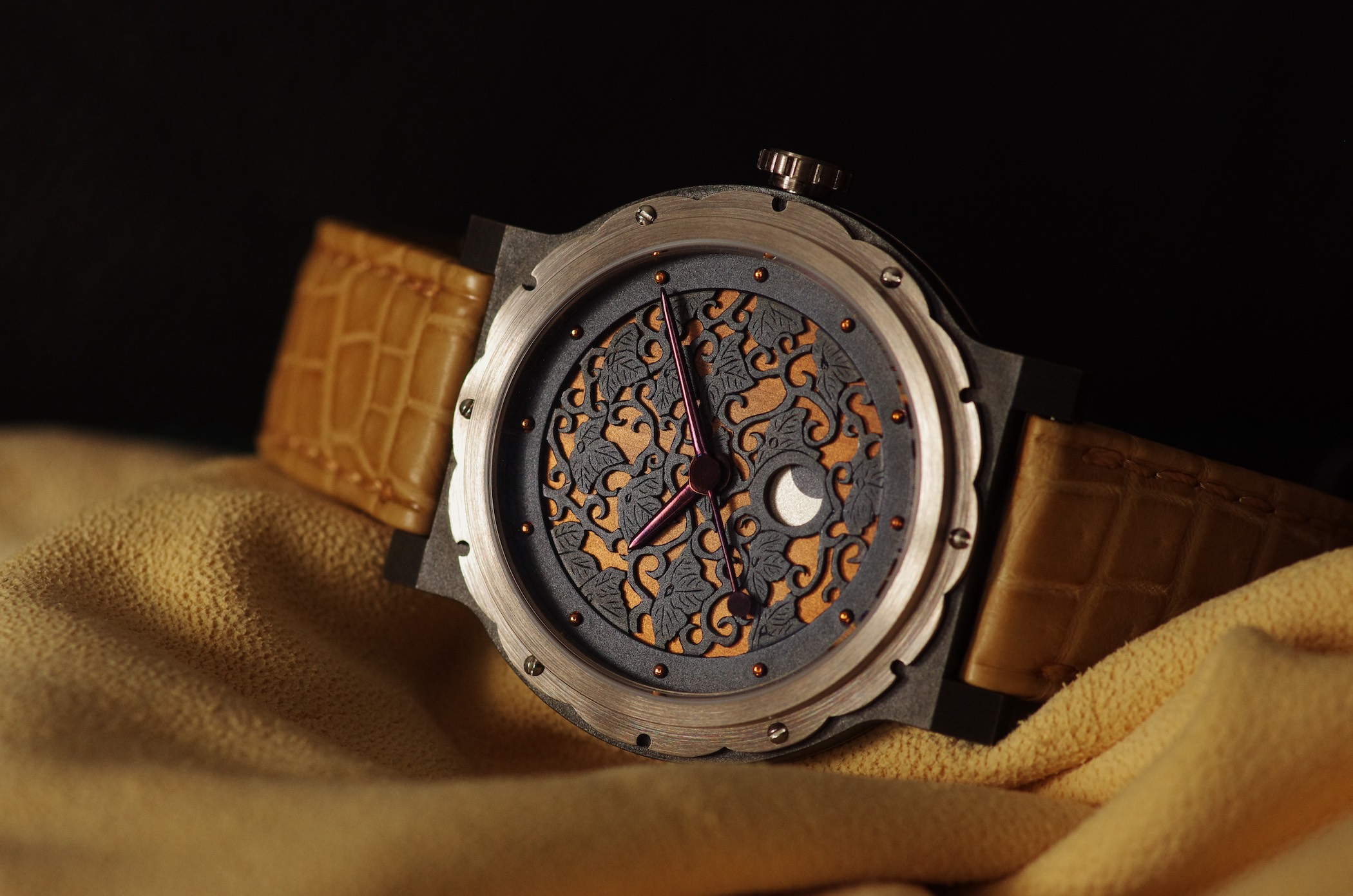
The initial design for the Sakubou included a cut “ivy” patterned dial which is beautiful; however, I found it hard to quickly see the time so wanted to increase the contrast between the dial and hands. Gold hands, outer case ring, and Shimenawa were part of this, but I also wanted to darken the dial itself.
Kikuno-san again found a very Japanese solution – he added a Nanako pattern (often found on old sword tsuba or sword guards and other artwork), which is made with a series of small, hammered circles. I imagine it was as equally time-consuming as his initial design, yet it provided a solid, darker background for the hands, moon, and Shimenawa.
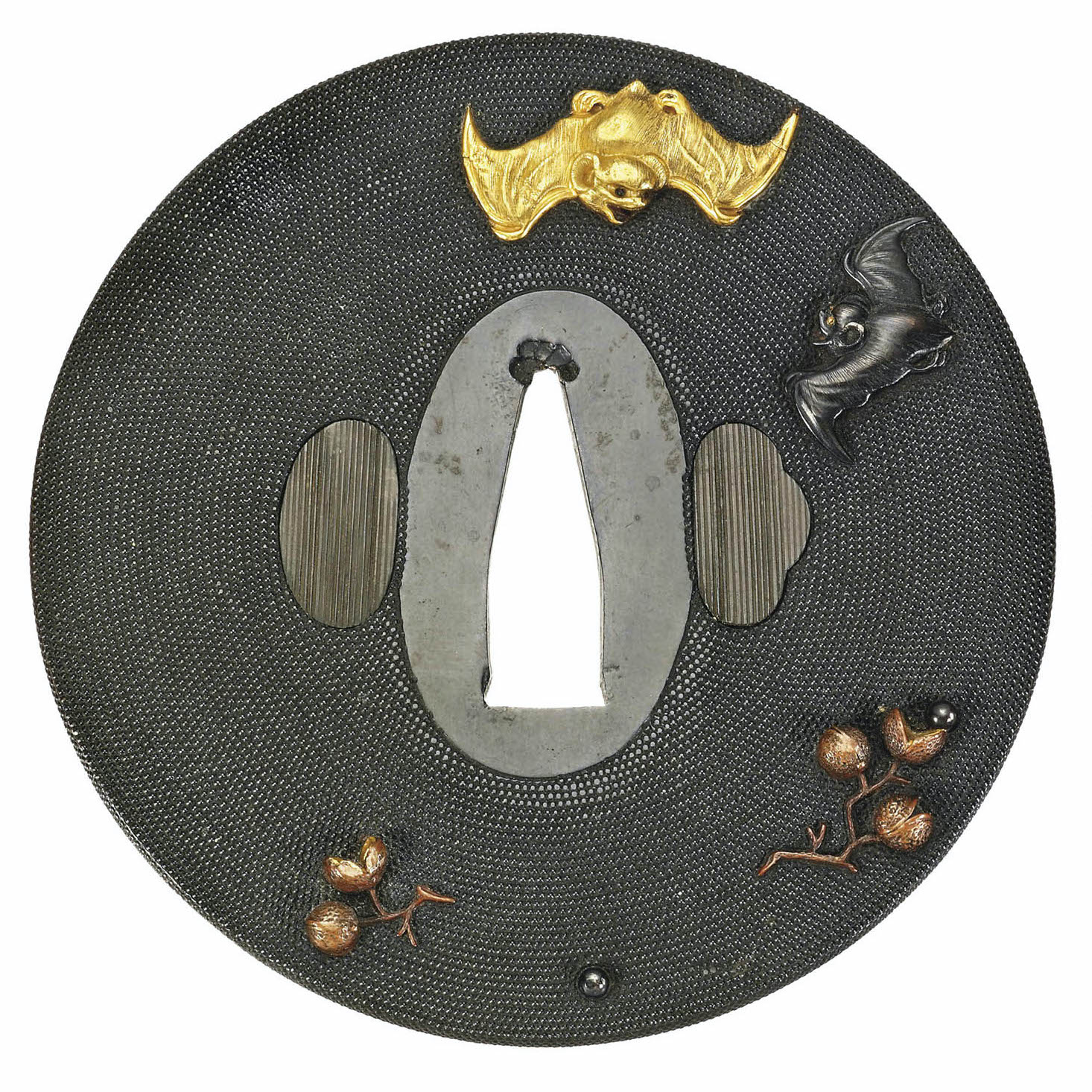
The Nanako has an even deeper, personal meaning, but I am not going to share all the secrets of this watch, this is for Kikuno-san and me to know. But it is another example of the spiritual, personal, and magical nature of the watch and why only Kikuno-san could have designed and crafted it.
In many ways, I consider this “our” watch, not mine or Kikuno-san’s. It could not have come into existence without both of us. Balance if you will.
This was reinforced by Kikuno-san’s journal arriving with the final watch. This journal illustrated the steps of making the watch in words and pictures, it showed Kikuno-san working the lathe, milling machine, cutting and polishing with files and saw, making screws, pinions, gears, hands, case, spring, hour markers, and more.
It showed the Nanako being hammered (the first time Kikuno-san had done the technique it turned out), adding Shippo Tsunagi and perlage patterns, rounding and polishing corners, tapping the main plate and pressing jewels, working the chemicals to get the deep black dial.
I was reminded of design aspects I had “missed” (or forgotten) including even more of the snake symbology, and my personal – yet also very Japanese reason – for the missing 6 o’clock marker.
This journal held evidence to the true handmade nature of the watch and captured the time Kikuno-san worked alone, letting me “stand over his shoulder” so to speak, ensuring the build was just as much a shared experience as the design.
Is there anything else from Masahiro Kikuno that is on your wish list?
Yes, of course. But I cannot tell you what. Not that it is a secret, just that I do not yet know what it is. Given the outcome and experience in crafting this Sakubou, I do want to repeat the experience.
Maybe a tourbillon (he has a school watch I looked at for a period), or something that is currently in his mind or on paper that he is looking to bring to life. I want to support Kikuno-san’s horological ambitions as well as feel the rush and excitement that the Sakubou has brought – to again take a journey together.
What is your advice for anyone in the market for a Kikuno-san?
The first words in the journal of the making of my Sakubou are: “My purpose is not making watches but to make people happy by making watches for them. It is my wish that you feel pleasure not only from the watch you have just received but also from how I took pleasure of making the watch for you.”
This was not explicit to me during our early meetings but most certainly is now. As such, get to know him, as well as yourself. You are not buying a watch; you are sharing a journey commemorated by the watch and symbolic of you and Kikuno-san.
For me, Kikuno-san was great at “translating” my thoughts into the Japanese culture and doing so with the honour, imagination, respect, and soul of a traditional Japanese artist. He is young (at my age most of the world is) so I imagine there are years and iterations of his skills, talents, and creativity to come.
Embrace the calmness and the time it may take to select a direction and walk the road. (This is easy to say now that the watch has arrived, but I can see every day of the journey in the piece.)
This was not a journey of technical advancement or complicated complications, it is a more personal and expressive journey that simultaneously takes you back to days of watches by watchmakers in their home/atelier, as well as into the future with a piece full of secrets and excitement.
We have all had communication challenges with watchmakers, that was not the case here. Most of the times, Kikuno-san personally replies very kindly and quickly, but if translation gets more complicated, Hokugo-san will step in to ensure nothing is “lost in translation”. Finally, support Kikuno-san and any independent watchmaker you find a connection with.
More details about Masahiro Kikuno and his watches here, at www.masahirokikuno.jp.

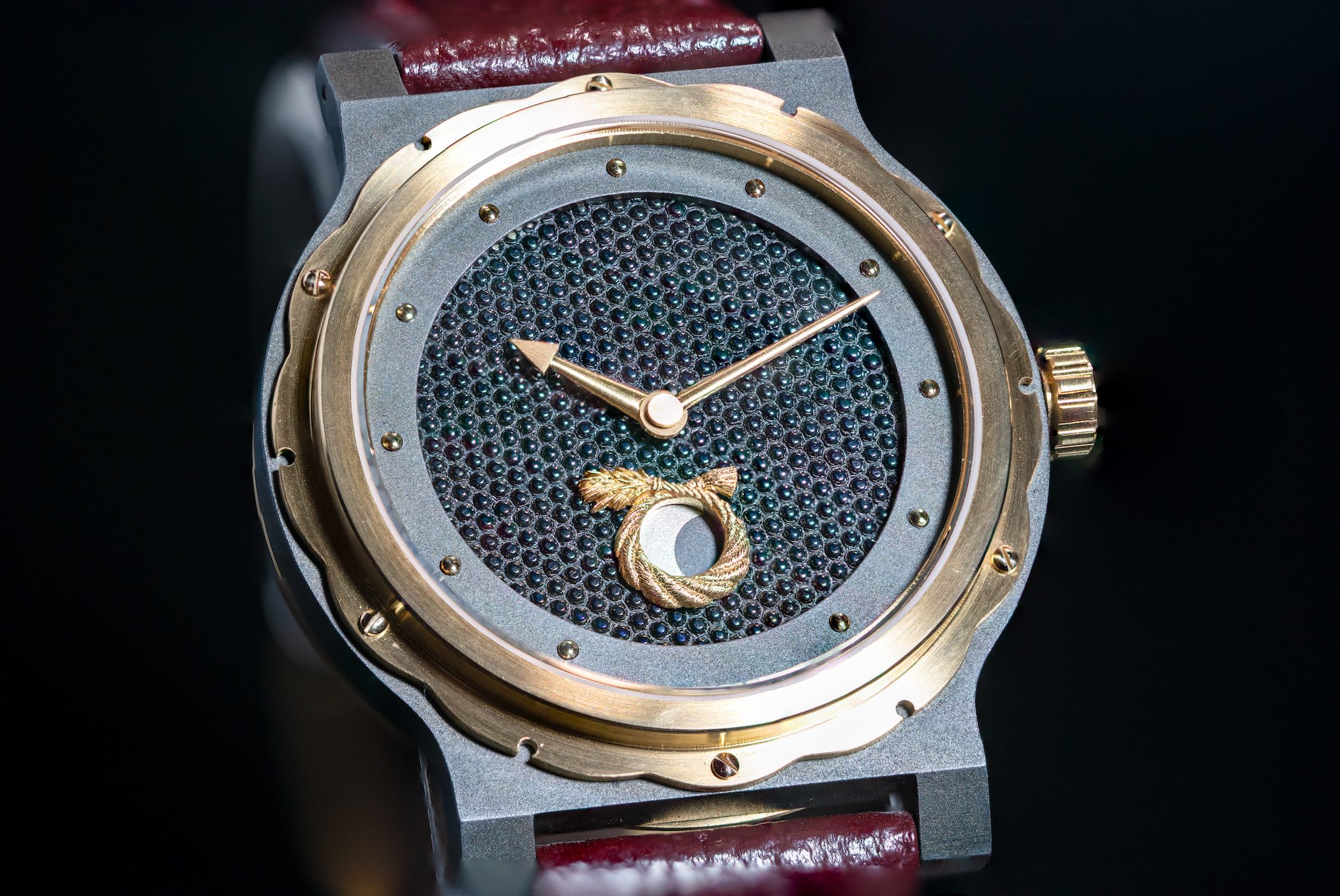
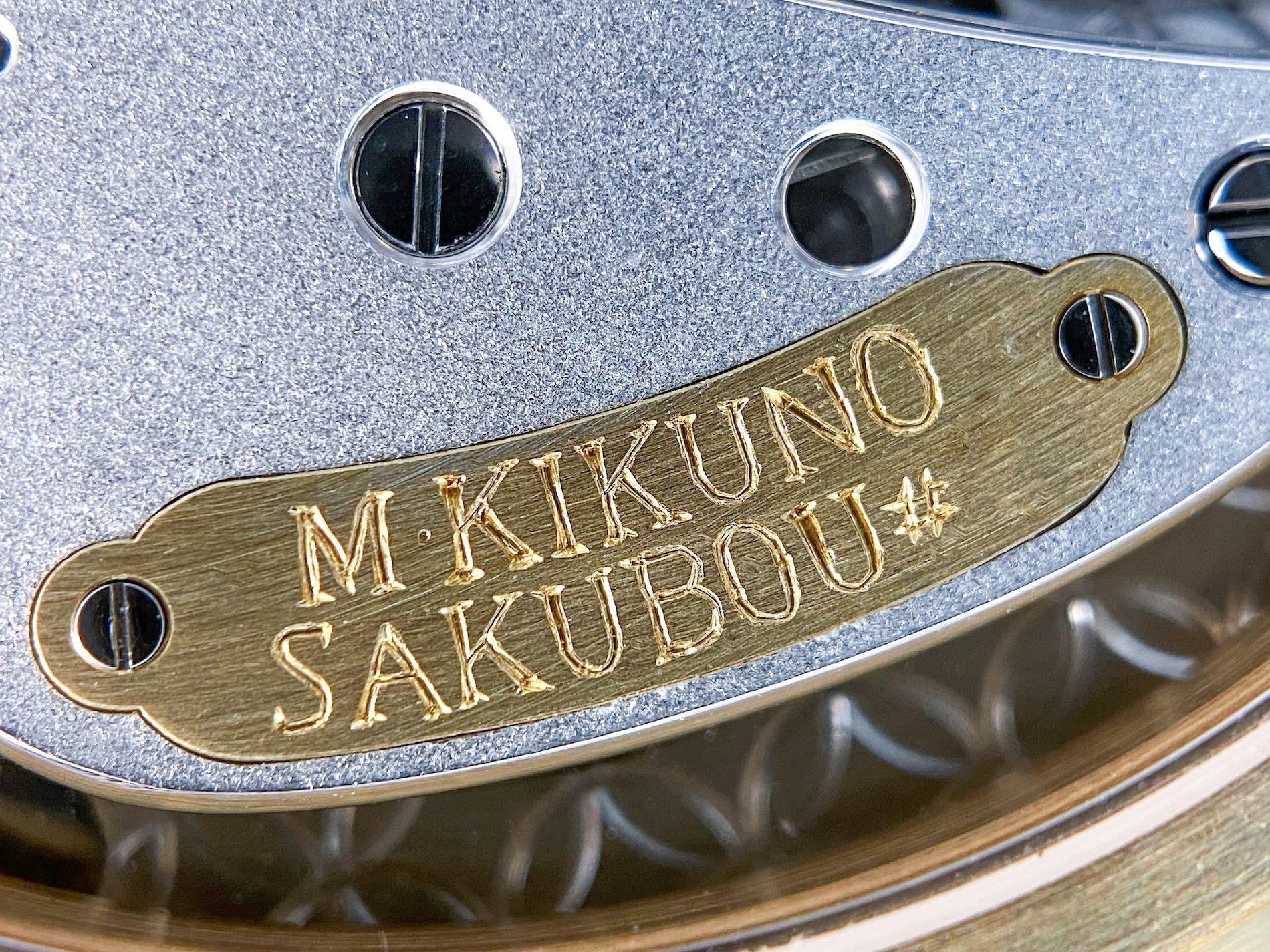
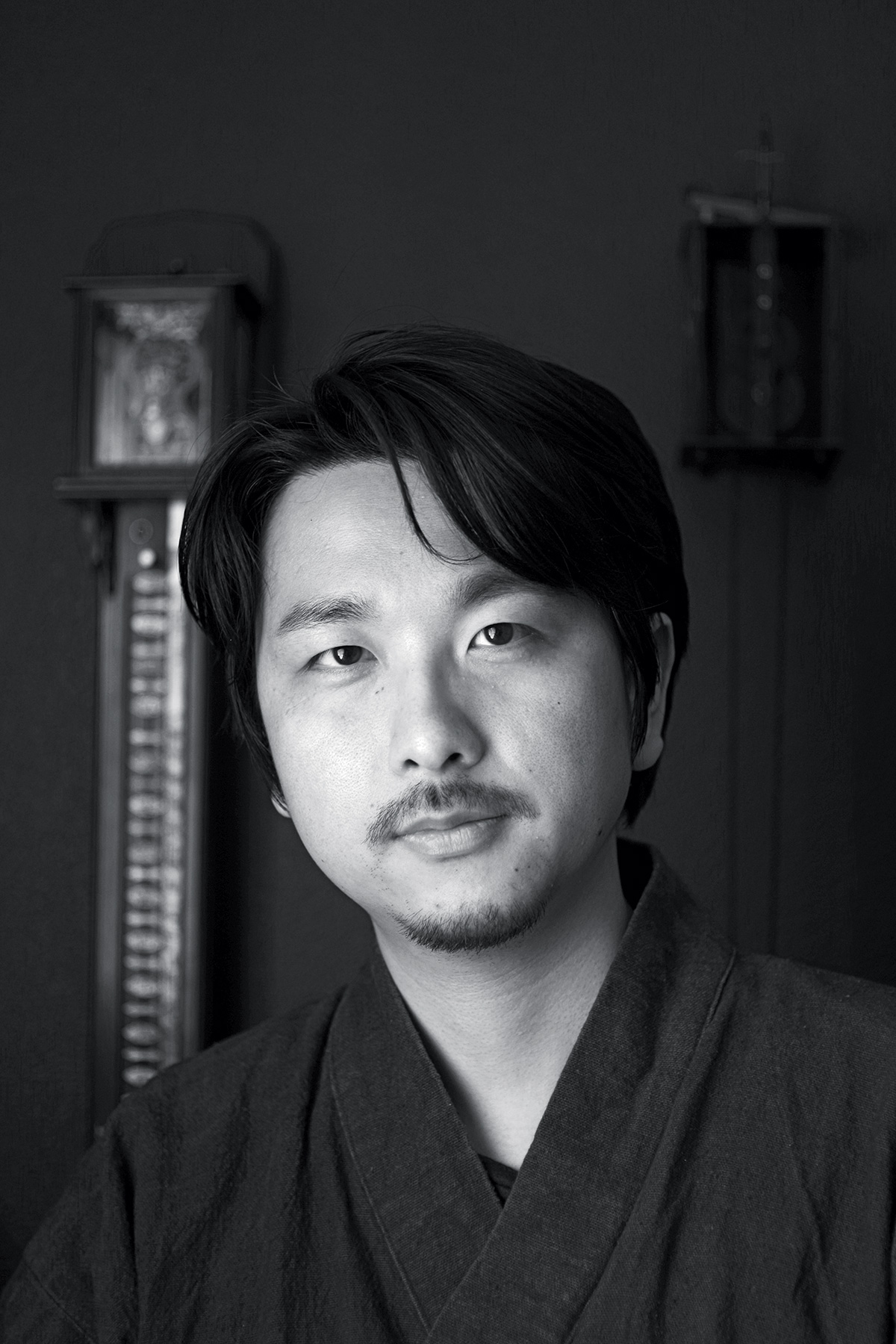


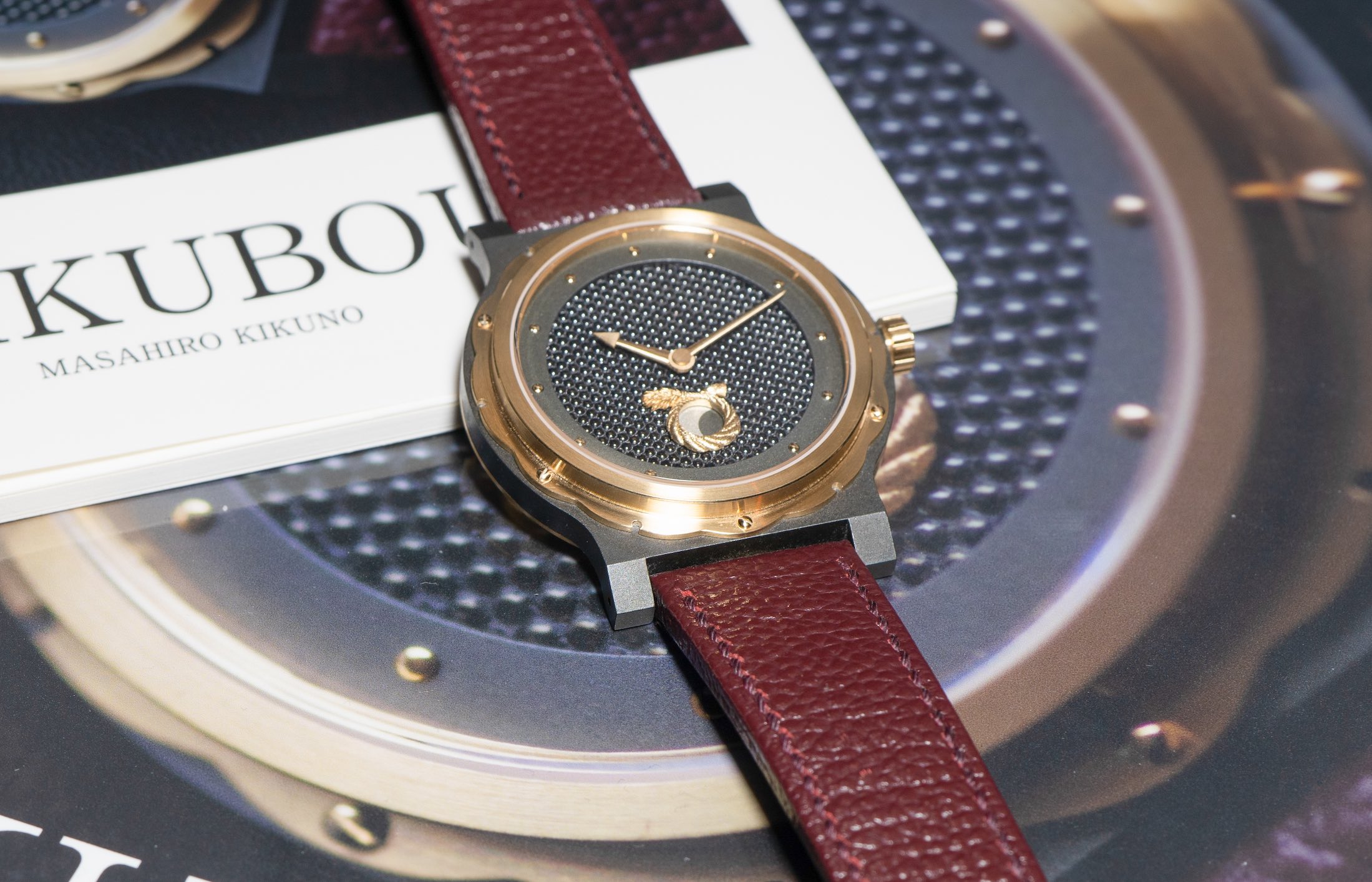



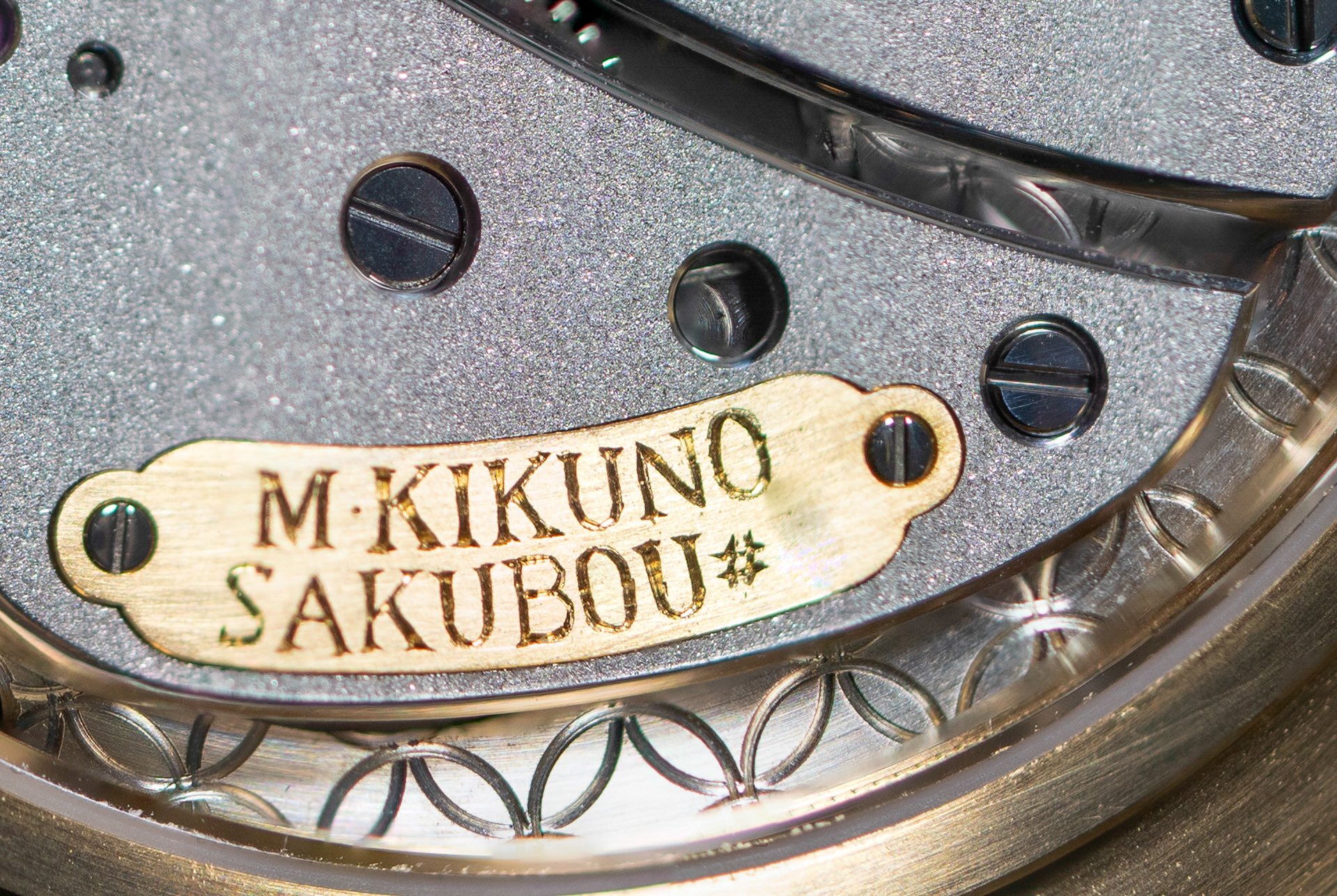

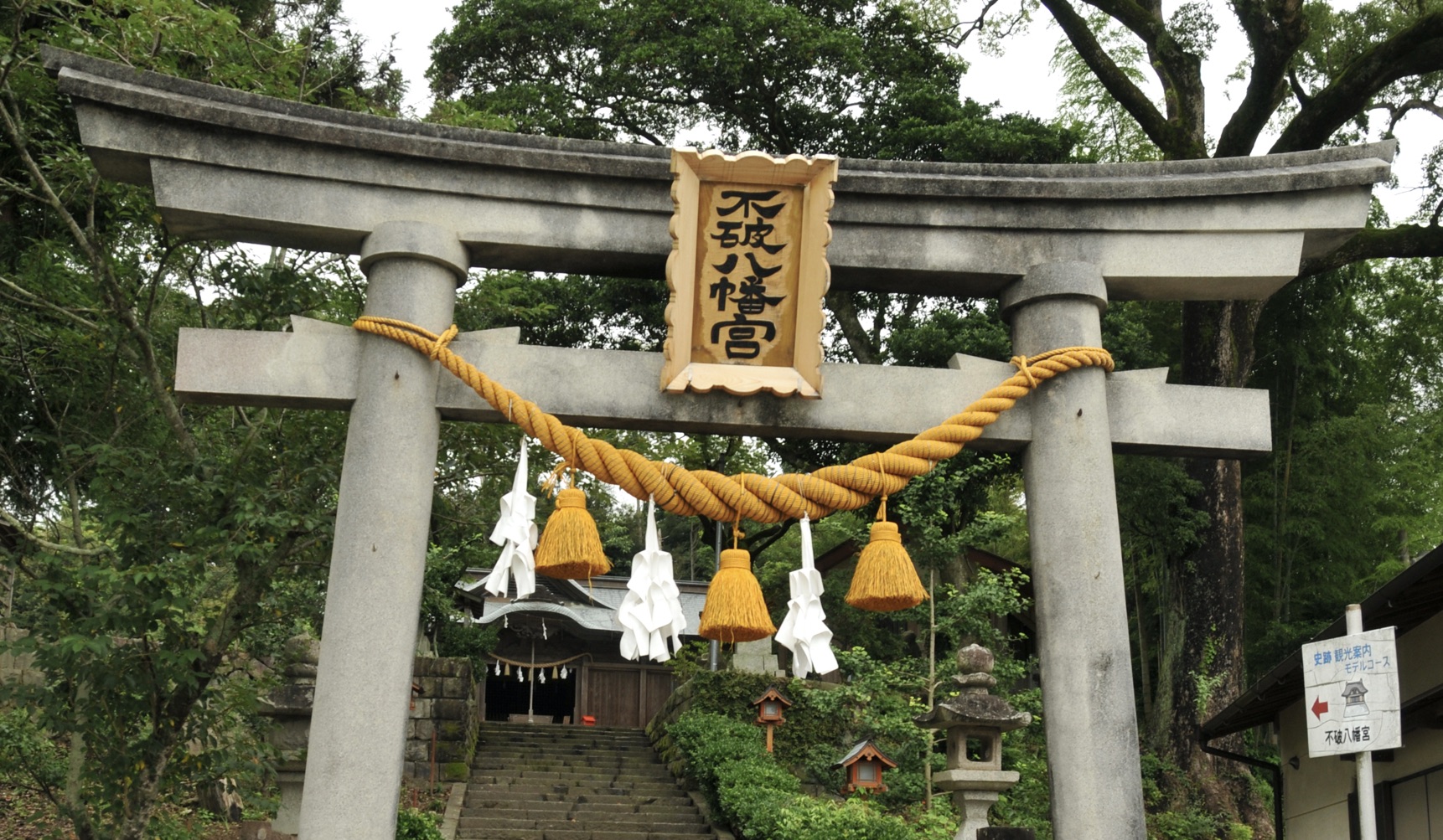
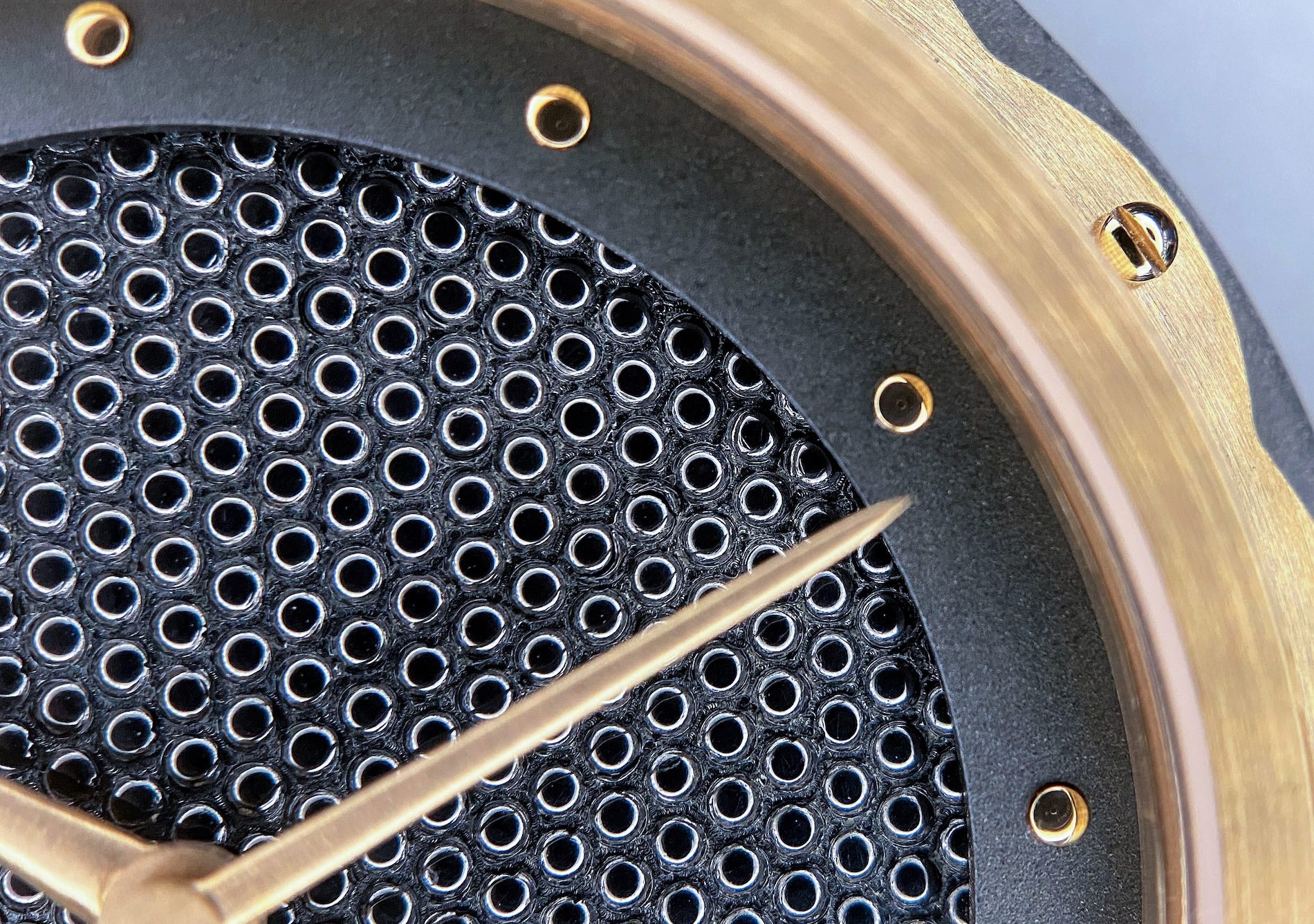



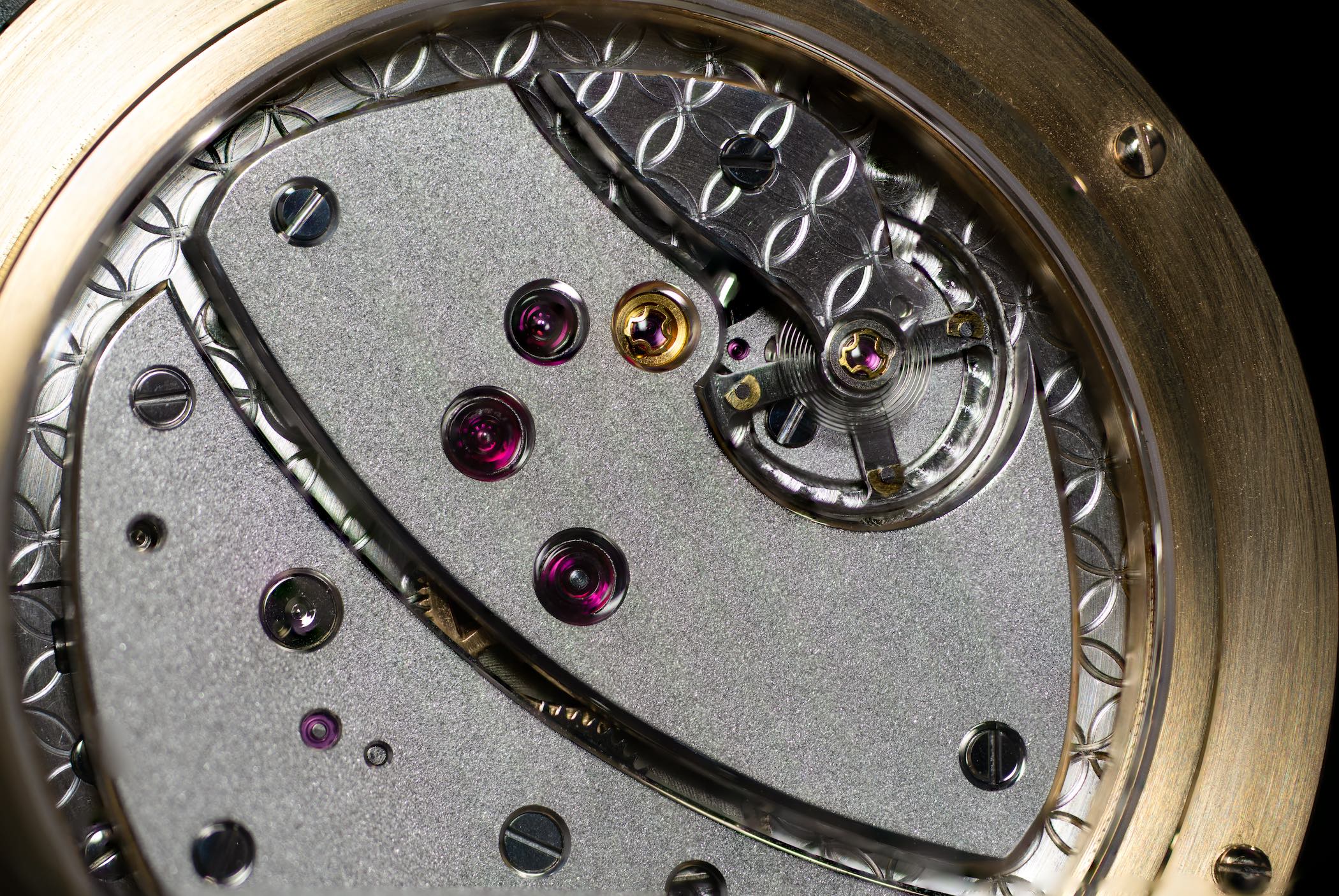
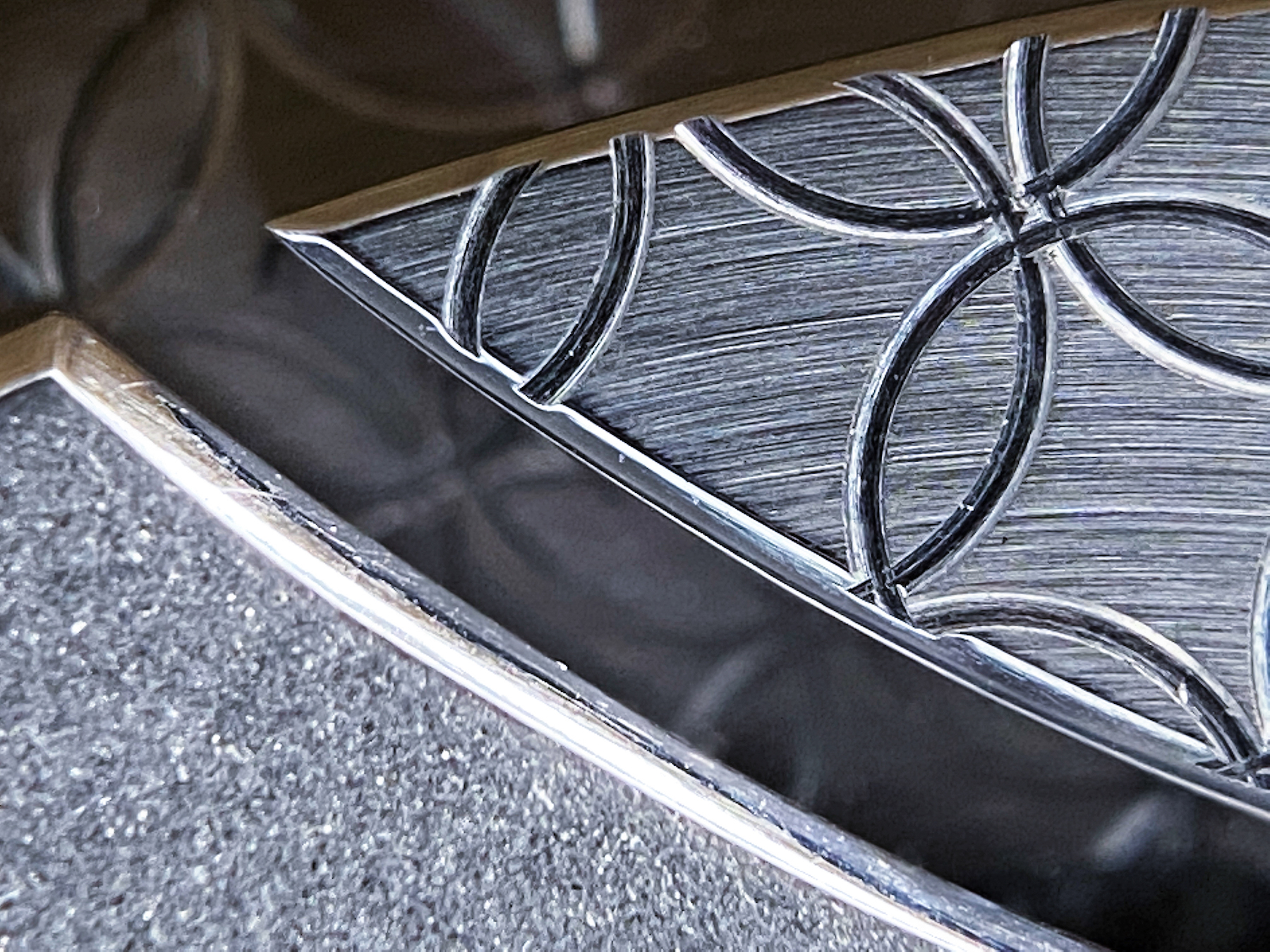
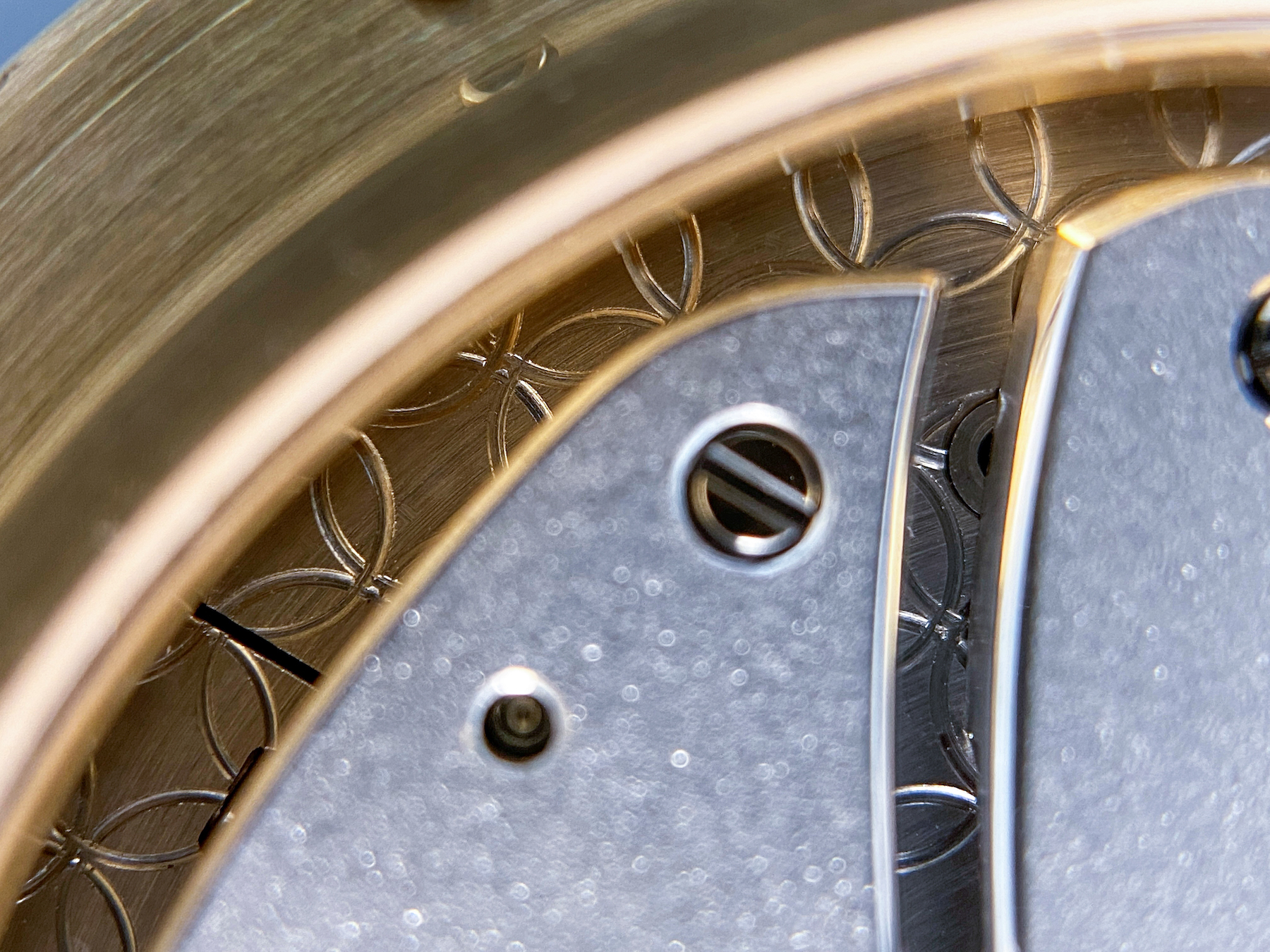

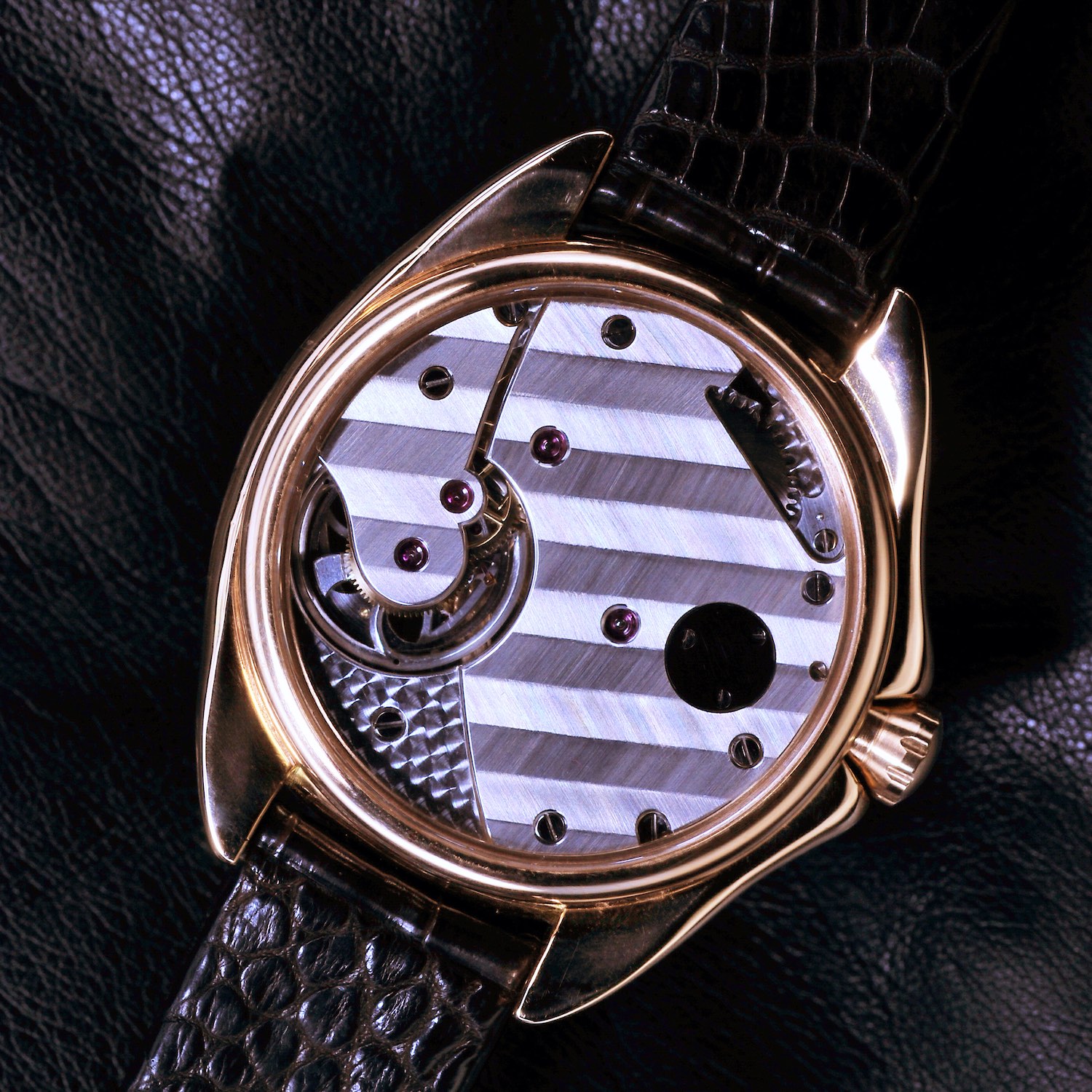
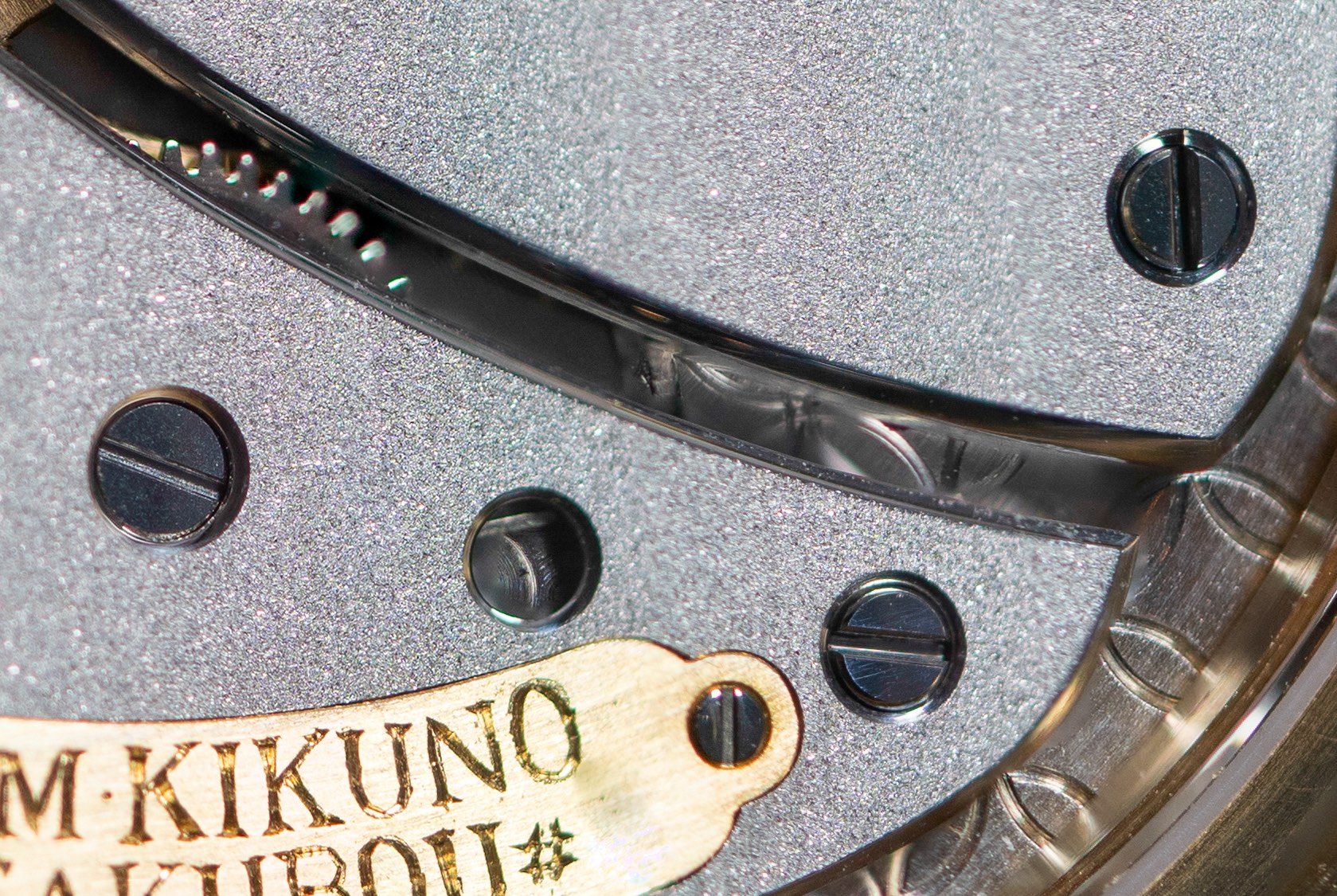



4 responses
Beautiful story, inspirational, creative and personal.
There is hope for creative watch manufacturing, be it on a very limited scale as far as volume is concerned.
Makes you realize once again how far mainstream watch making is removed from real timeless art.
Hi
I would like to know how could i buy the Masahiro Kukino
Watch? And how much does it cost in Singapore dollars.
Thank you and best regards
I have tears uncontrollably falling down my face. My skin is numb. I’ve always believed that if God existed He existed in the details. Now I have proof that heaven is real. I know nothing about watches. I use my iPhone to tell time. Recently, however, I’ve become interested in watches, not because I desire one but because history, science, art, and the depths of the human condition can all be worn on your wrist. I’ve learned about a few great watchmakers of Europe, Breguet, Vacheron Constatin, Cartier, Patek Philippe, and, of course, Rolex. In Japan I’ve found greatness in seemingly disparate disciplines, be it denim jeans, basket weaving, kaleidoscopes, and teapots. Some artists in Japan are national living treasures. I did not know, however, any great Japanese watchmakers. Then I discovered Grand Seiko and their revolutionary Spring Drive. Still, I had this hankering there had to be a watchmaker in Japan who made watches by hand, with every part expertly and lovingly crafted. How fortunate for the world that this man exists. Masahiro Kikuno’s watch is so beautiful and is such a singular work of engineering that even the angels yearn to get a glimpse of this masterpiece. There must be a way I can climb through this implacable computer screen and see it too.
where the six daylight hours and six night-time hours
-12hrs?